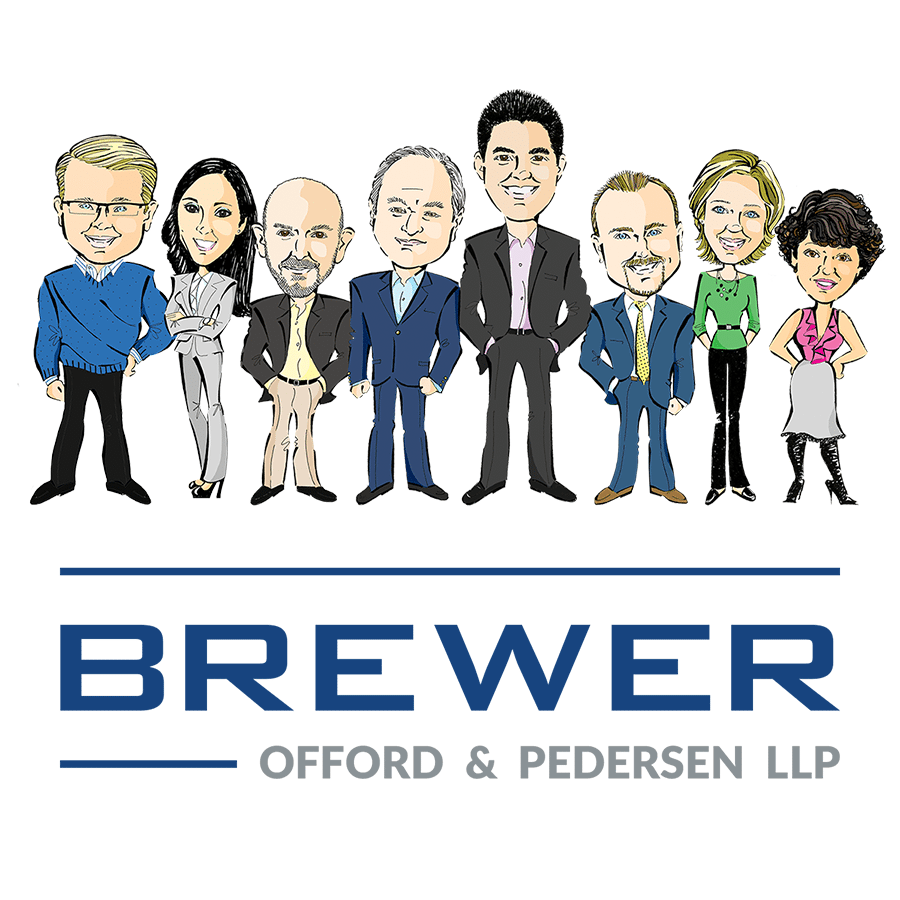I’ve written in the past about the most passive method of collection, which is to simply record Abstracts of Judgment and assuming your judgment debtor has real property in the county where you have recorded the Abstract, and will eventually sell or refinance.
However, with the decline in real estate prices, that method is the least likely to gain a recovery for the judgment creditor. So this article is about further steps to collect—the wage garnishment and the bank levy.
Wage garnishments and bank levies begin with the Writ of Execution. Once you have a court-issued Writ, it is good for several months and the judgment creditor turns it over to the Sheriff to empower the Sheriff (and deputies) to carry out the levy.
GARNISH THE DEBTOR’S WAGES:
If the Debtor is employed, this is an effective way to get small installment payments on the judgment. The process is relatively straight forward, but the amount the creditor is allowed to garnish is capped. The advantage of this method is that the employer directly makes the payments to the creditor. The downside – if the judgment is large, this is not going to accomplish a large payoff, and the accounting required for application of all these micro-payments to credit partial satisfaction of the Judgment can be tedious.
Most people who are gainfully employed would really prefer not to let their employers know about their financial problems. In some cases it can present problems to their security clearance. Accordingly, before executing on the wage garnishment, it is any opportunity to negotiate a lump sum satisfaction if the judgment creditor is willing to take a discount.
BANK LEVY
If you have a judgment with a debtor (or borrower) who you used to receive payments from, hopefully you had the foresight to photocopy or scan the payments received so that you have a bank account number. As with the wage garnishment, the sheriff will serve the garnishment request on the bank and the bank will freeze the account and notify the account holder of the levy. The account holder has a limited amount of time to file a motion before the court on any potential claim of exemption (such as certain retirement funds).
This method only levies on the funds presently in the account, so it is best to time near a payday if possible. Additionally, this method pretty much only works once because after you have levied, the debtor is not likely to deposit any more funds in this account in the near future.
Stay tuned for the next article in the series, “Tapping the Till, Seizing Business Assets.”
If you think you or a friend may need legal assistance regarding such matters, don’t hesitate to contact Brewer Offord & Pedersen LLP at (650) 327-2900, or on the web at www.BrewerFirm.com.





